Like all crazy ideas, we found our private island on the internet. It didn’t come complete with a golden beach and Michelin-starred chef ready to cater our every culinary need, but it was a kingdom nonetheless.
In 2010 I was working in the urban jungle where my only view of the sky was reflected from the mirrored windows of the high-rise opposite. I needed space, I missed nature and I was craving a challenge. Property porn was a great escape: derelict castles, run-down farms, lighthouse conversions. My boyfriend and I searched and searched. But what better dream than living on an island all of our own?
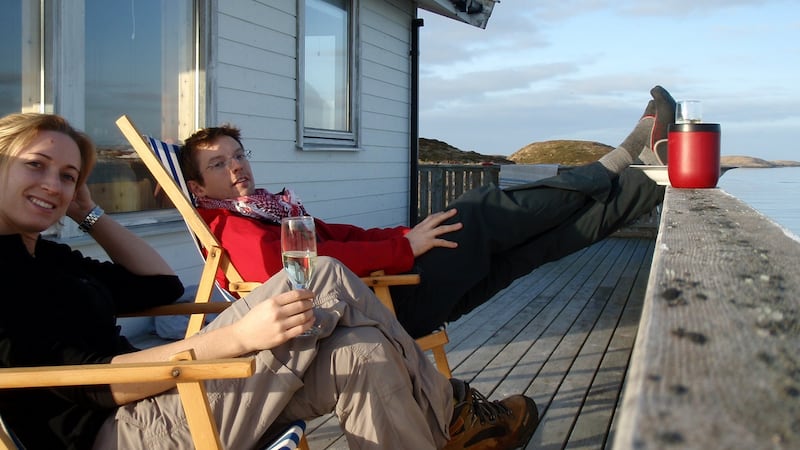
The problem was the price tag. A romantic getaway in Greece for a cool €8 million? A slice of Croatian paradise complete with butler, €16 million? A sun-drenched sandbank in the Seychelles, €24 million?
Then we made a Scandinavian breakthrough: 50 acres of windswept rock and a little cabin for €300,000. A tiny slice of Norwegian paradise. For us, anyway.
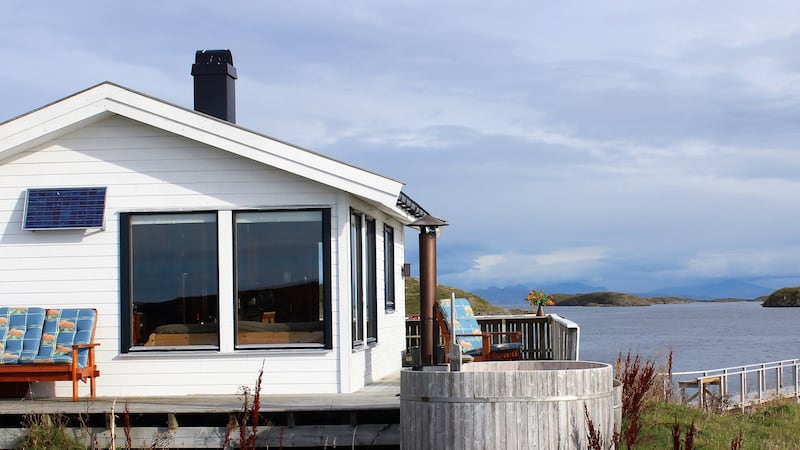
We viewed the island over Easter in 2011: a magic weekend involving a flight to the Arctic, a ferry to a remote archipelago and a ride hitched with a fisherman to an island known as “Light Island”, Løksøya. The locals thought we were mad.
“They’ll never come back,” they all said.
But we couldn’t get Løksøya out of our minds. The chance to get away from it all, live self-sufficiently, maybe start a business. The possibilities were endless and our energy boundless.
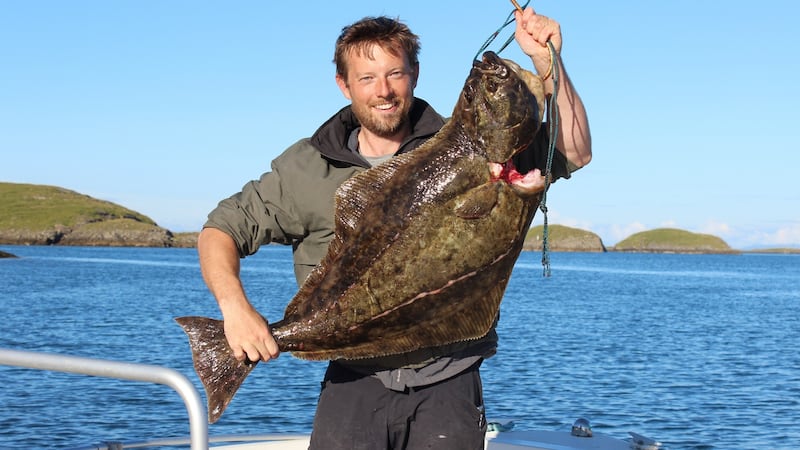
By June 2012, we had signed on the dotted line and were ready to take on the challenge of Arctic living.
Midnight sun
We spent summer evenings watching the midnight sun bounce off the ocean and winter mornings wishing that same sun would reappear. We lived on halibut and crab, grew our own potatoes and carrots. We built a greenhouse, a jetty, a wind turbine. We learned to fish and dive and to brew wine from the most unlikely of native flora. We preserved all our food, we learned to hunt.
According to Farhad Vladi, owner of Vladi Private Islands, who has sold more than 2,600 islands globally: “[Our clients] tend to be independent and strong-willed, with a great sense of adventure.”
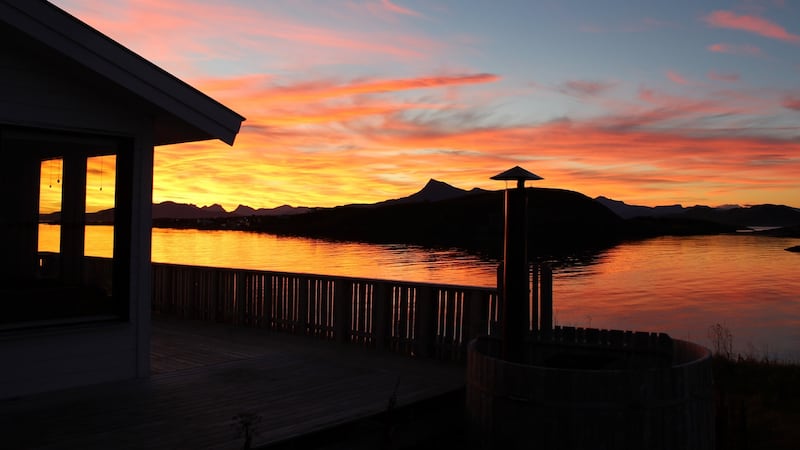
I’ve never felt such a deep sense of belonging, or peace, as I have on Løksøya. We lived in sync with the seasons. Vladi agrees, “connection to nature is definitely the main attraction; [island owners] love the energy island life brings with it. That’s why we always say that islands are like a pharmacy for the soul.”
It’s true. Island living was bliss. And at times, it wasn’t.
Trapped
The weather would roll in and we’d be trapped for days. Working internationally, a missed flight meant lost work and reduced income. We had a number of setbacks: our greenhouse was destroyed in a freak winter storm, Norway’s high costs and red tape burst our entrepreneurial bubble and we found that living in an archipelago with only 11 residents could become a little lonely.
You need serious energy to live on an island. Everything that can go wrong will go wrong. Sometimes the challenges can be grabbed with both hands; at other times you have to call in help. And help on islands doesn’t come cheap.
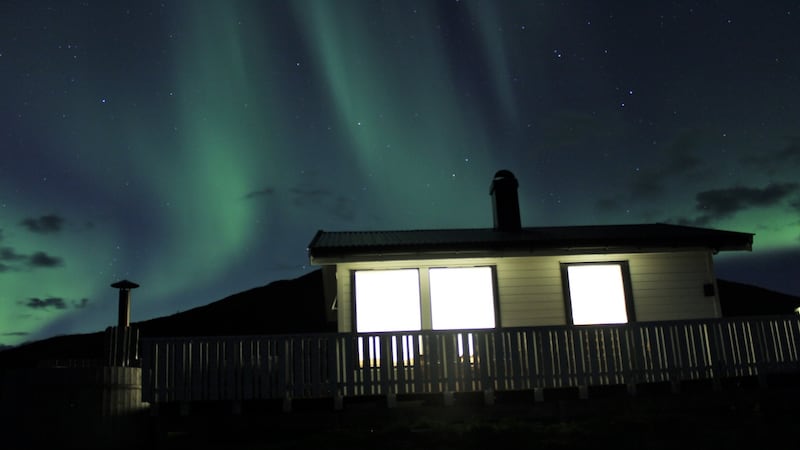
We decided, after four years, that our business ideas wouldn’t fly on Løksøya. The obstacles became insurmountable and with a heavy heart we put our beautiful island on the market. We said goodbye and moved to Kerry.
“It’s really remote down here,” our new neighbours said, “and the weather’s fierce.”
“We’ll see how we go,” we replied, memories of Arctic blizzards flicking through our minds.
But I must admit we miss our Robinson Crusoe life. Island living is addictive and three years of cold turkey hasn't cured our longing. I find myself back online again, flicking straight past the derelict castles, run-down farms and lighthouse conversions. We're looking for another rock to call home.
And in Ireland, I think we could make it work.
Things to know before buying an island
You need to be practical Unless you have more money than you know what to do with, you will need to solve problems that a mainlander would never even think of. Difficulty getting a plumber at 6pm on a Sunday? Try asking them to cross several kilometres of ocean first. Struggling to start the car on a cold winter morning? It's nothing compared with wrestling with an outboard in the driving rain.
Be prepared to live in a fish bowl When you live on an island, people will want to know what you eat, what you do, how you wash. You will be regarded as eccentric by your more polite neighbours. Crazy is also a term that's thrown around.
Be sure you enjoy your own company Or that of your partner/family/anyone with whom you choose to undertake the adventure. Be prepared to spend days at a time (or weeks, if you're really going remote) alone.
You'll be doing a lot of carrying Be prepared to carry everything you need from quayside to boat, from boat to house. This works in reverse too: anything you can't compost has to be carried back for recycling.
Securing home insurance can be problematic Insurers are wary of private islands, which are difficult to access in emergencies and are more at the mercy of the weather than your standard abode.
Weather will be your constant companion If you are someone who thinks the sea is terrific from a distance, or for two weeks of the year, don't bother. It will be on your doorstep (and sometimes over your doorstep) whether you like it or not.
Islands are a hard sell Bear in mind that owning an island isn't everyone's cup of tea. Islands aren't liquid assets. The island we purchased was on the market for five years, though we were fortunate to sell it less than a year after we put it on.
An Irish isle to call your own?
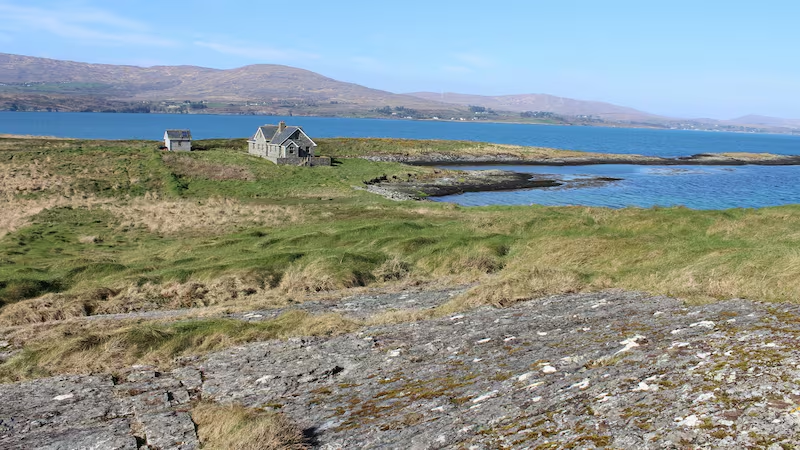
Fancy buying a private island? The pick of Ireland's limited market is Carbery Island, 32-acres of rock and low-lying vegetation in Dunmanus Bay, Co Cork. We viewed it last year, when nostalgia for island life overtook the memories of wild storms and impractical travel. Its four-bed stone-clad house stands imposingly at the eastern end of a small private beach, and behind it spectacular views stretch towards the Atlantic. On the market since 2007, when its asking price was €1.26 million, it can now be purchased for €525,000 through Vladi Private Islands/Dominic J Daly & Co.
The pros The house on Carbery Island is top quality and has stood up well to being uninhabited for more than a decade. It is off-grid, with a solar array (you'll need a budget to replace the battery bank) and 9kW generator. (Just the thought of man-handling that beast on to the island gives me a sore back.) The views are stunning.
The cons The biggest issue with Carbery Island is the lack of access. Building a strong and suitable jetty is an expensive exercise. Along with a boat, this will be your first big outlay. Be sure to check the water supply, as the well was tainted with sea water when we visited. With the low topography and no vegetation other than grass, there is little protection from roaring westerlies.
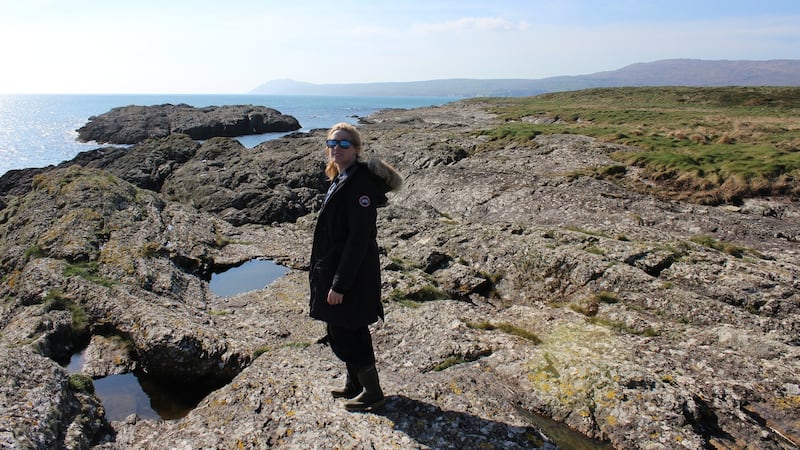
Who will it suit? Carbery Island will suit adventurous, practical souls. Weather will be your constant companion but the infrastructure is a great head-start: a fully furnished modern house, a good off-grid electric system and wood-stove heating. A tempting option for comfortable island living.












